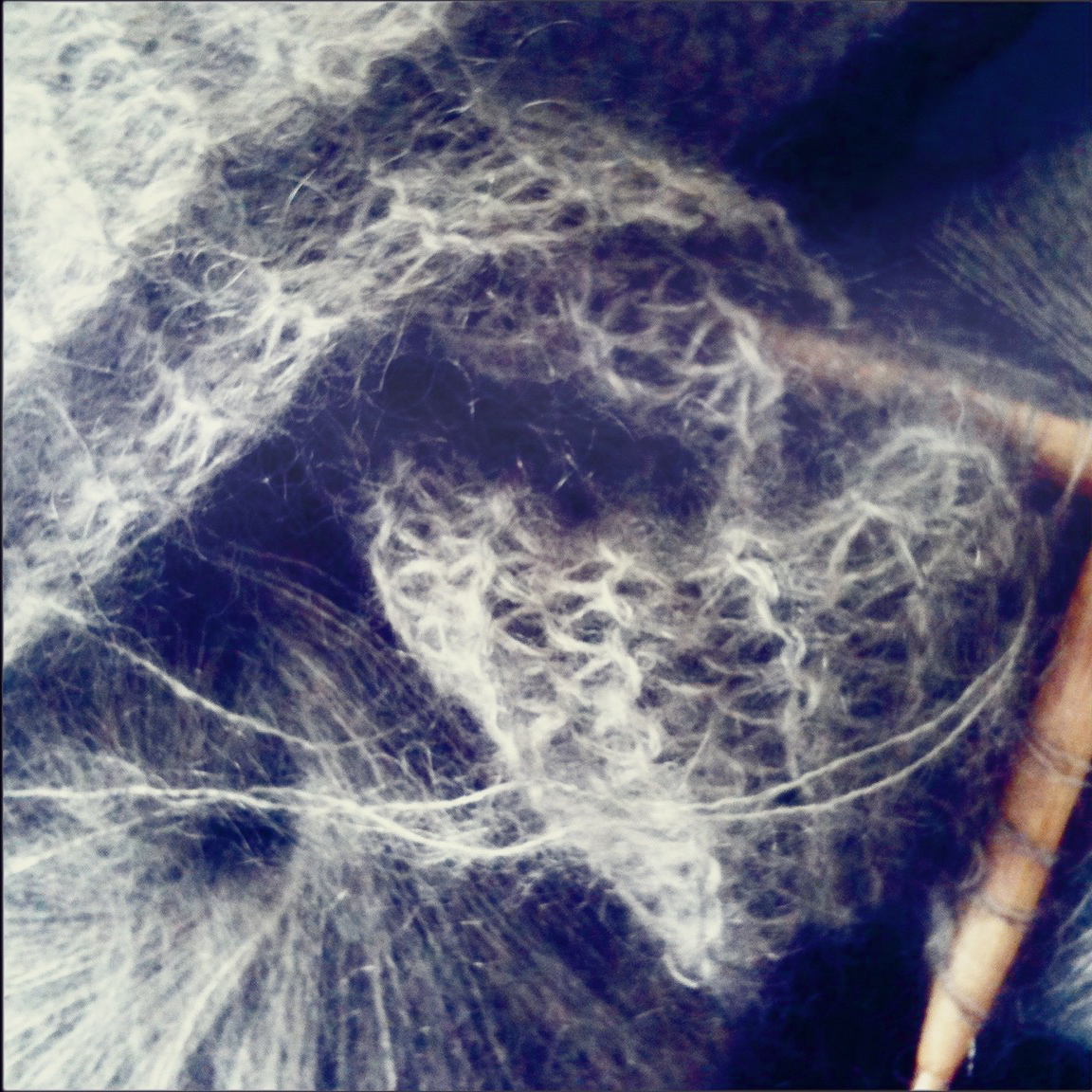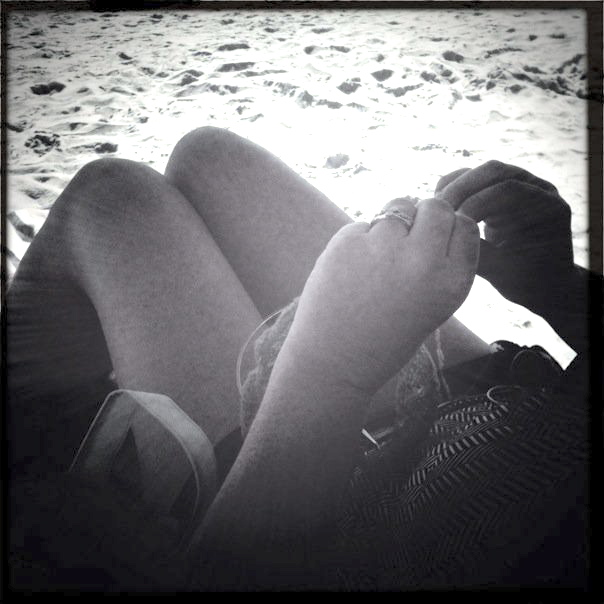
When my husband and I were married at a white clapboard Connecticut church back in 1997, we wanted to give the minister who officiated the wedding a special gift for her spiritual guidance and love. We decided on a hand-woven clerical stole made by a woman in Florida who prayed for the recipient as she wove threads into a garment.
I loved the idea of weaving prayers into a piece of clothing -- a work of art, really. The minister wore the stole around her neck as she led us through vows and prayers. The weaver's prayers joined the litany of prayers offered on that October afternoon for the beginning of our married life and the journey together of weaving two lives into one.

We are hard-wired to be innately creative beings, compelled to create because we are made in the image of the Creator. And we all create something, whether it is a work of art, a piece of jewelry, songs and stories, or families and relationships.
As I understand it, our hands are supposed to be God's hands in the world. The works of our hands are marked by the fingerprints of the Divine. They are artifacts of God's love. I yearn to create, to make something beautiful with my hands.
Some years before I was married, a longsuffering college friend (bless her) attempted to teach me how to knit. The idea was seductive. From an early age, I loved going into yarn and fabric stores with my mother and perusing the shelves stuffed with colorful skeins and hanks of wool, silk and cotton. I loved the feel of the textiles and fibers, intrigued by the potential they held to make something beautiful and complex by hand.
During my first attempt at learning to knit, I bought needles and skeins of soft mohair yarn the color of lapis lazuli and turquoise and set about making a sweater. But it was a false start. I quickly became frustrated with the complicated stitches and mistakes I'd knit into my would-be garment, unsatisfied by the imperfections of my creation. Almost 20 years later, that unfinished knitting project languishes in a box in my storage space.
Over the years, I've often thought about trying to knit again in much the same way that I perennially consider taking a conversation class to brush up on my once-fluent French. But I was afraid of failure, so I admired the yarn from a safe distance.
This summer, my best friend Kelley came to visit me for a week. A year or so before, she had taken up knitting and took to the craft like a virtuoso. I was stunned by the beautiful sweaters, shawls, purses and hats she made and, truth be told, I was jealous.
One morning, sitting in the sun on my porch, Kelley asked me if she could teach me to knit. After hemming and hawing about my inability to learn the craft, I acquiesced and we drove into town to visit the village yarn shop.

Kelley encouraged me to pick a few skeins of yarn that felt good in my hands. She told me not to judge myself or to be daunted by the mistakes I would inevitably make. "They're undoable," she said. "You can always pull the thread and start again." It was a lesson about art and it was a lesson about life.
This time, the stitches felt natural, the contemplative rhythm of knitting and purling, punctuated by the gentle clicking of the wooden needles, calmed my spirit. I began to create things -- scarves, shawls, stoles and, most recently, hats -- each a gift for someone I love fashioned by yarn and prayers.
The first piece I finished was a small shawl for Kelley knitted with yarn made from recycled silk saris. It had some flaws -- dropped stitches and twists that left holes in the garment. I decided to leave them and frame them with small circles of wood whittled by street artisans that I picked up on a trip to Africa. The imperfections made the piece more beautiful and, with the help of the wooden circles, stronger.
I prayed for Kelley as I knitted her shawl, giving thanks to God for weaving her life into mine as the yarn moved through my fingers in quiet contemplation. My heart sang praises to the Divine for creating an imperfect garment that is flawed, beautiful and strong.